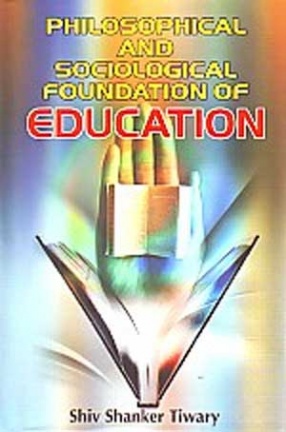
Shiv Shanker Tiwary

Showing all 10 books
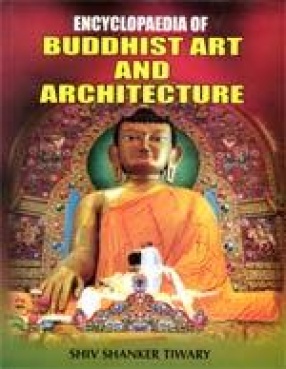
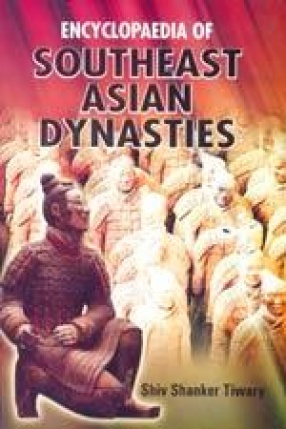
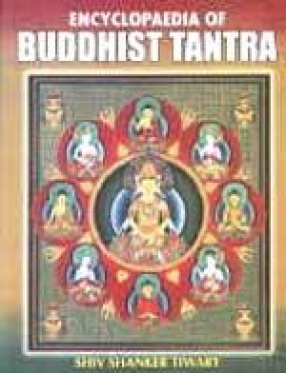

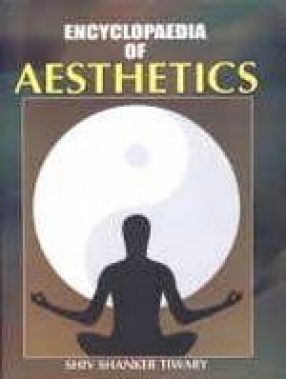

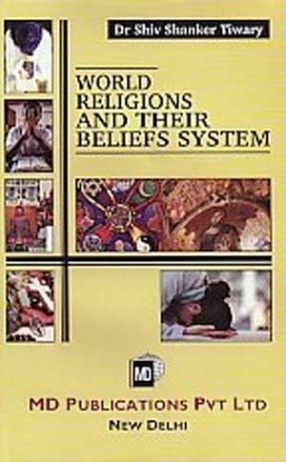

One of the most enduring achievements of Indian civilization is undoubtedly its architecture, which extends to a great deal more than the Taj Mahal or the temple of complexes of Khajuraho and Vijayanagara. The beginnings of the Buddhist school of architecture can be traced back to B.C. 255 when the Mauryan Emperor Asoka established Buddhism as the state religion of his large empire. Buddhism spread rapidly throughout India and other parts of Asia.Buddhist art and ...

The history of Southeast Asia has been characterized as interaction between regional players and foreign powers. Though 11 countries currently make up the region, the history of each country is intertwined with all the others. For instance, the Malay empires of Srivijaya and Malacca covered modern day Indonesia, Malaysia, and Singapore while the Burmese, Thai, and Khmer peoples governed much of Indochina. Southeast Asia has been inhabited since prehistoric times. ...
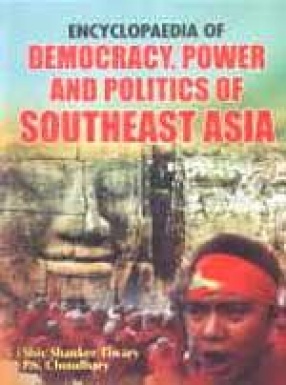
In modern times almost all the countries of Southeast Asia have shared the common status of colonial or dependent territories, and during this period the region has been exposed more than ever before to the influences of the outside world, a world that was itself changing rapidly. In the Southeast Asian colonies the European powers, though without a common policy and without co-ordination, have had to attempt to solve common problems of political administration ...

This book is about the various characteristics of Tantric Buddhism. History of Tantric Buddhism in India is very old. Tantric texts began to appear in India by the third century CE and they continue through to Buddhism's effective disappearance from India during the twelfth century. From around the beginning of the eighth century Tantric techniques and approaches increasingly dominated Buddhist practice in India. A reason for this was- that by then Tantric ...

The study of epigraphy is a substantial and ever-growing resource for archaeologists and historians. It can be estimated that over 300,000 inscriptions of the great Roman world alone are known; this mass of evidence grows at upwards of 1000 items per year, and the volume of new discoveries shows no sign of diminishing. Inscriptions provide valuable confirmation and amplification of our often meagre and selective literary sources. They can provide details of ...

This book is intended, as an introduction to aesthetics and presents the relation of art and philosophy. These relations throw a fresh light at once on the significance of major art and on the imaginative meaning of major philosophies. An introduction to the experience of the arts and the implications of art in civilization, the general relations of art to the whole of our experience, the origins and the functions of the artistic process in society, the aesthetic ...
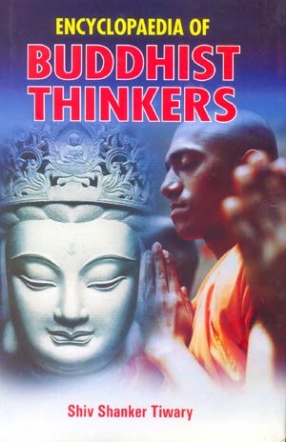
This encyclopaedia is about many great thinkers of Buddhism who have significantly contributed towards the development and spreading of Buddhism around the world. Many pupils of Gautam Buddha started his thoughts after his death. In the later years many prominent thinkers carry forward his work and helped to spread the message of Ahimsa (Non-Violence) and Brotherhood around the world. Even today many scholars, authors and thinkers are working towards this great ...

Southeast Asia is a region where one can find many similarities between different countries. Southeast Asia has never been in any sense as isolated or self-contained unit. Because of its crossroads situation on the map of Asia it has always been peculiarly exposed to external influences; it has been a meeting-ground of commerce, cultures and civilizations. In a sense Southeast Asia has always been part of something bigger then itself; it has generally played a ...
